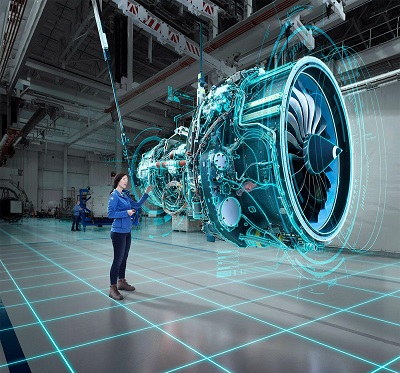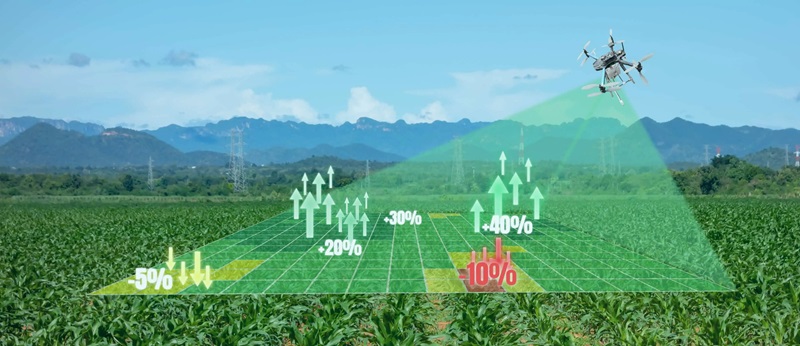Digital Twins: Embracing Sustainability Today and Tomorrow

Consumerism has evolved over the past few decades. Consumer patterns shifted dynamically from quantity-first to quality over quality to sustainability taking the top spot. Since consumers have adopted a value-driven approach to using services, organisations are keeping their needs at the forefront and looking at ways that meet their Environmental, Social, and Governance (ESG) goals.
Technologies have reshaped the world in ways unimaginable, tackling existing concerns and preventing potential issues. One such technology is the 'digital twin' model that allows corporate and government organisations to maintain sustainability by improving mitigation strategies and ensuring compliance with ESG mandates.
Digital twin technology is a way to create a virtual replication of a physical object. The digital copy studies the physical object's build and duplicates its behaviour and functions using real-time data. Digital twin technology allows one to monitor an asset's overall performance, identify gaps, and make informed decisions to rectify them.
“ Technologies have reshaped the world in ways unimaginable, tackling existing concerns and preventing potential issues ”
In 2022, Lockheed Martin and NVIDIA collaborated to develop an AI-supported digital twin of Earth, equipping the National Oceanic and Atmospheric Administration (NOAA) with a centralised approach to assessing and tracking the current global environmental statuses, such as unpredictable and extreme weather conditions. The two companies aim to thoroughly evaluate the sea surface temperature, one of the variable data pipelines, by September 2023.
According to Don Harris, NVIDIA's Lead Product Manager of Accelerated Computing, digital twins will help researchers solve the world's most challenging scientific and environmental concerns. He said, "The combination of Lockheed Martin's AI technology with NVIDIA Omniverse will give NOAA researchers a powerful system to improve weather predictions at a global scale."
As industries adopt digital technologies, digital twins can help companies improve existing and new business frameworks, products, and processes to meet ESG goals. Companies have publicly incorporated sustainability into their agendas. However, progress has been minimal, prompting governments worldwide to create ambitious sustainability objectives and pushing the concern to the top of every organisation's list.
Per Kevin Macnish, Digital Ethics Consulting Manager at Sopra Steria, digital twins have already demonstrated their potential to reduce emissions. He says digital twin technology can create a sustainable environment across various applications, helping "reduce the greenhouse gas emissions and carbon footprint of buildings by up to 50%, with the potential to lower emissions across entire road networks."
Regarding sustainability, digital twins can significantly reach net-zero's goals by 2023. Nevertheless, to achieve this, digital twin technology should shoulder the work needed to meet those goals and be accepted by the people involved, such as those responsible for creating the objectives and those affected by them. This requirement also stands true for the UK's National Digital Twin program, an initiative started by the British government in 2018 to bring change and help enterprises implement digital twin technology.
As governments align their strategies with the deadline to transition to net-zero emissions, companies must keep up to ensure compliance with ESG goals. Dr Phani Bhushan Sistu, IoT Solutions Lead at Hitachi Vantara, says, "By harnessing the potential of digital twins, manufacturers can spotlight areas where resources are being used inefficiently and take appropriate corrective actions to meet their climate reporting and ESG commitments."
Sustainability lies at the heart of brands and businesses, and sustainability and productivity walk hand-in-hand. Creating a business model that includes both builds an all-encompassing digital infrastructure, driving continuous growth. The digital twin model treats sustainability as the goalpost than a byproduct, ensuring it becomes an integral part of the industrial infrastructure and meets all environmental, social, and governance objectives.








